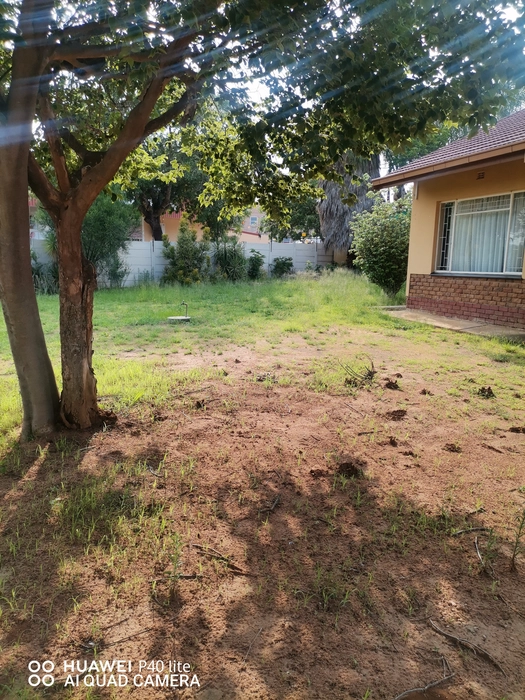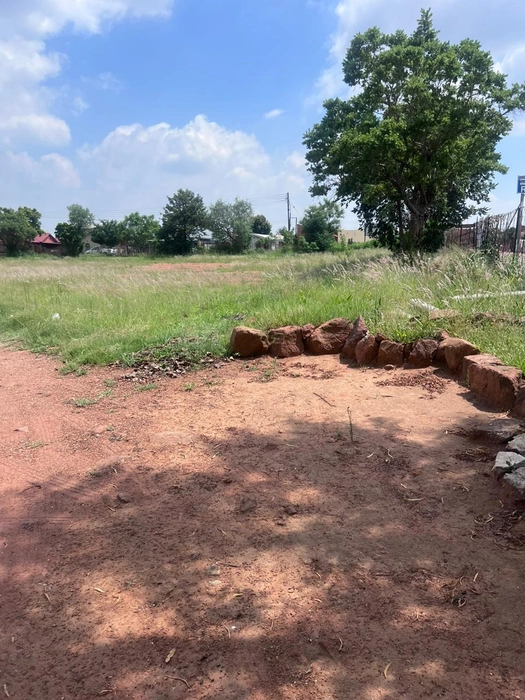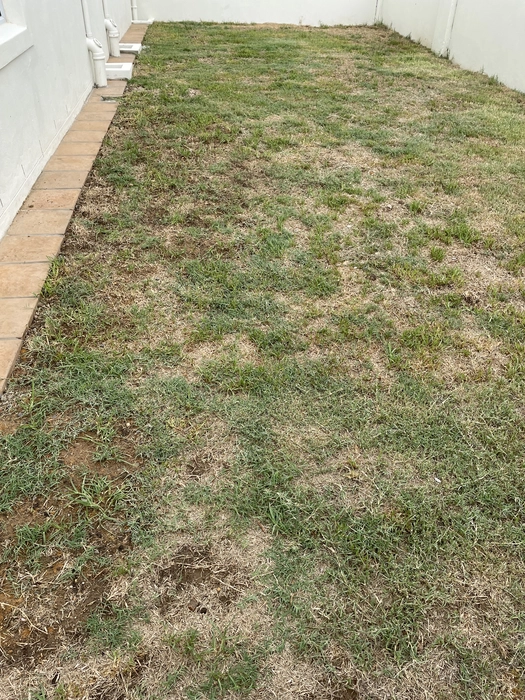Does your garden maintenance routine leave you frustrated with dry grass, brown patches, or an overgrown garden? If you see uneven ground and signs of lawn disease every time you step outside, you are not alone. Here, you’ll find the straight-to-the-point answers you need to identify, solve, and prevent these common backyard problems.
What are the most common backyard issues?
- Uneven ground and land levelling: Natural settling of soil, prior construction, or erosion can make your lawn bumpy and tricky to maintain. Uneven terrain can also lead to drainage problems that harm your sod.
- Insufficient watering: Dry grass often surfaces when the lawn doesn’t receive enough moisture, especially in sunny and windy climates. This not only kills grassroots but also breeds lawn disease in stressed-out turf.
- Lawn pest infestation: Grubs, beetles, and other pests can create patchy zones that won’t respond to fertilizers. These unwelcome visitors often dwell beneath the soil, feeding on roots and causing brown patches on your lawn.
- Overgrown garden and dense vegetation: Skipping regular trimming and pruning allows weeds to partner with your shrubs, creating a wild, open field feel. Overgrowth can hide pests and harm neighbouring plants competing for nutrients.
- Backyard paving or improper landscaping: Poorly planned outdoor landscaping projects can hamper proper water flow, straining nearby plants and causing patchy or soggy sections in your garden.

Left unaddressed, these everyday issues can build up quickly, causing greater headaches in the future.
Consequences of ignoring proper garden maintenance
- Increased susceptibility to diseases: Stressed lawns and plants become perfect breeding grounds for fungi and bacteria, leading to widespread lawn disease.
- Further landscape damage: Without professional land levelling or pest control, you risk permanent soil erosion and stunted plant growth.
- Unpleasant outdoor space: Overgrown gardens and unchecked pests make it unpleasant for you and your guests to enjoy your backyard.
- Higher long-term costs: Letting brown patches or uneven ground worsen often requires more expensive fixes or complete lawn replacement later on.
If these outcomes worry you, it’s time to consider practical solutions to restore your yard’s health.
Practical solutions for common garden maintenance problems
DIY remedies for dry grass and brown patches
1. Test the soil: Check pH levels using a home test kit, available at most garden shops, to determine what nutrients are lacking. Adjust with lime or sulphur as needed.
2. Spot repair: Rake off dead grass, loosen soil, and spread fresh seed. Mix in a thin layer of topsoil or compost, gently water, and keep the area moist for the first two weeks.
3. Regular watering schedule: Water deeply once or twice a week rather than daily sprinkling, ensuring the root zone gets enough moisture.
It’s important to note that if you suspect an underlying pest infestation, you should examine the soil carefully to see if grubs or larvae are visible. Getting timely help is crucial.
Regular fertilisation is also beneficial, but don't overdo it: too much fertilizer can burn your lawn. Limit your nitrogen application by following the label instructions. When in doubt, call in a professional to assess your unique situation.
Dealing with uneven ground
1. Mark low spots: Use small flags or sticks where you identify dips or holes.
2. Shovel and fill: Combine topsoil with compost or sand and fill in the low areas gradually. Lightly tamp the mixture to prevent future sinking.
3. Reseed if needed: After levelling, sow lawn seed, so grass regrows seamlessly. Water carefully over the next few weeks, keeping soil slightly moist.
Although levelling minor dips can be done on your own, larger projects or fields require surveying and professional grading equipment to ensure home foundations and paving are not threatened.

Controlling overgrown garden areas
1. Section the space: Break down dense vegetation into manageable segments. Tackle one patch at a time to avoid feeling overwhelmed.
2. Eliminate weeds first: Pull big weeds manually or use an organic weed-killer spray. Make sure to remove roots completely to prevent regrowth.
3. Prune and trim: Trim bushes, vines, and other plants that have overrun their perimeter. This immediately improves light and air circulation.
For large overgrown gardens, professional teams can help effectively clear and haul away debris, saving you time and possible injuries from dealing with heavy vegetation.
When to call a professional
- If your lawn shows persistent bare or brown patches despite repeated DIY efforts.
- When you spot large-scale pest infestations needing chemical or expert treatment.
- If the yard’s slope or structure complicates effective land levelling.
- When your gardening project requires specialised equipment or extensive yard redesign.

Professionals offer comprehensive services, from core aeration and dethatching to soil testing and re-turfing. They can identify early signs of pests or lawn disease, ensuring that you quickly fix issues and prevent further damage.
Your next step to a healthy backyard
Remember, some of the biggest improvements come from regular maintenance and timely action. Each of these challenges—whether dry grass, overgrown garden patches, or uneven ground—can be tackled with either a bit of strategic DIY or professional help. Making the right call at the right time will spare you future headaches and give you a backyard you can enjoy.





